Running shoes need to be as comfortable as possible, as running is an intense activity that requires support. Hence, any discomfort can affect performance, and this is why knowing how to buy running shoes that fit perfectly is vital. As a fitness enthusiast and casual runner, I have tried a few different shoe brands, and the difference is notable.
In this guide, we will discuss how running shoes should fit, including how to tell if your shoes are too tight or loose, how to accurately measure your feet for the perfect fit, and some mistakes you should avoid when buying running shoes.
Why does the proper fit matter for running performance?
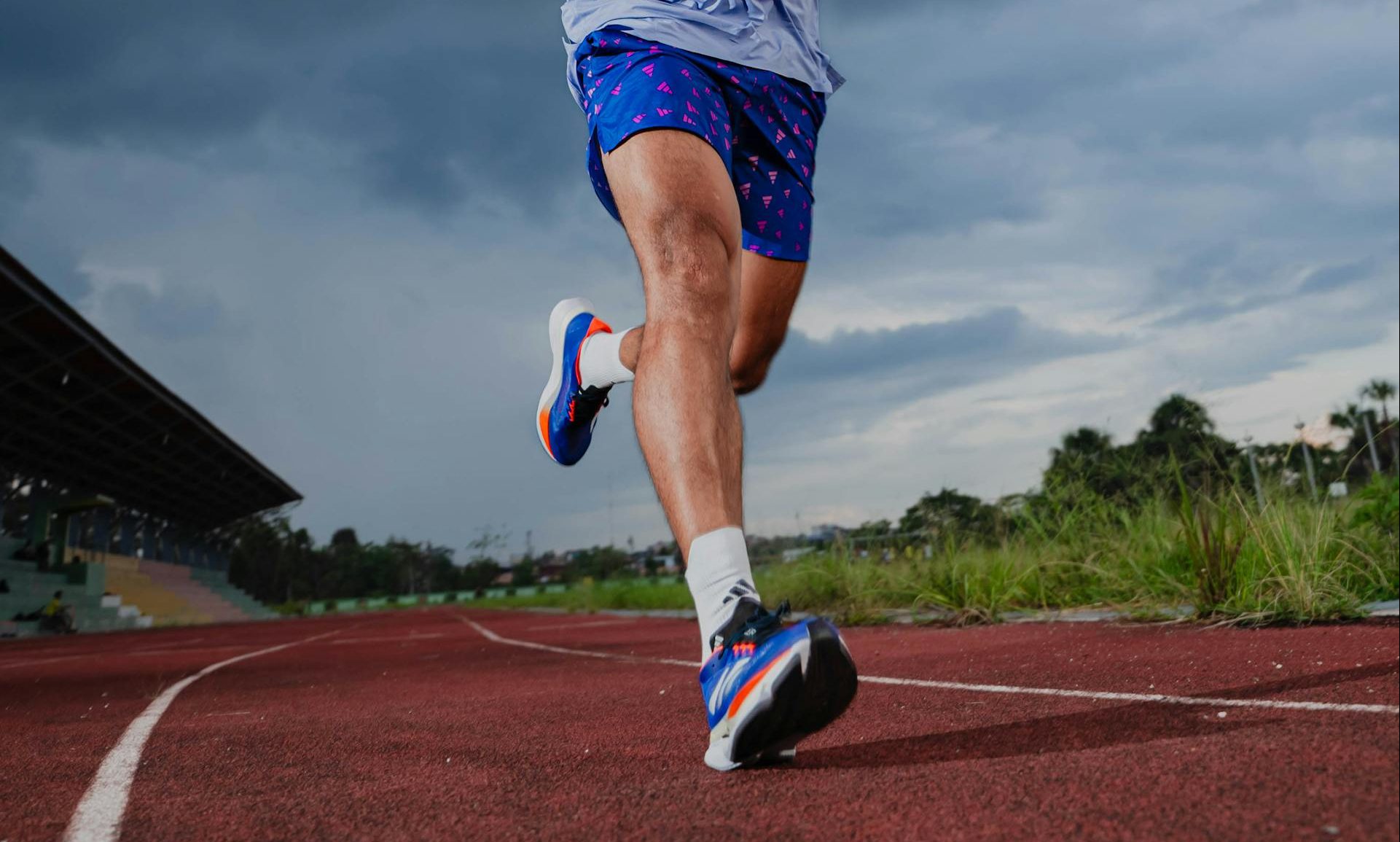
A 2018 study found that wearing incorrectly fitted footwear can lead to numerous issues. It states, “A large proportion of the population wears incorrectly sized footwear, which is associated with foot pain and disorders. Greater emphasis should be placed on both footwear fitting education and the provision of an appropriately large selection of shoes that can accommodate the variation in foot morphology among the population, particularly in relation to foot width.”
This even more critically applies to running shoes. If your running shoes do not fit properly, they can lead to blisters, bruised toenails, chafing, and overheating. They can also cause severe issues like plantar fasciitis, knee pain, or shin splints. However, with well-fitted shoes, you will get adequate cushioning and support to absorb impact as you run and prevent injuries.
In addition, using comfortable running gear helps you maintain focus since you don’t have to worry about your feet. It also makes you more confident, knowing you have reliable shoes with arch support, adequate toe box space, and heel lockdown.
Key signs your running shoes are too tight or too loose
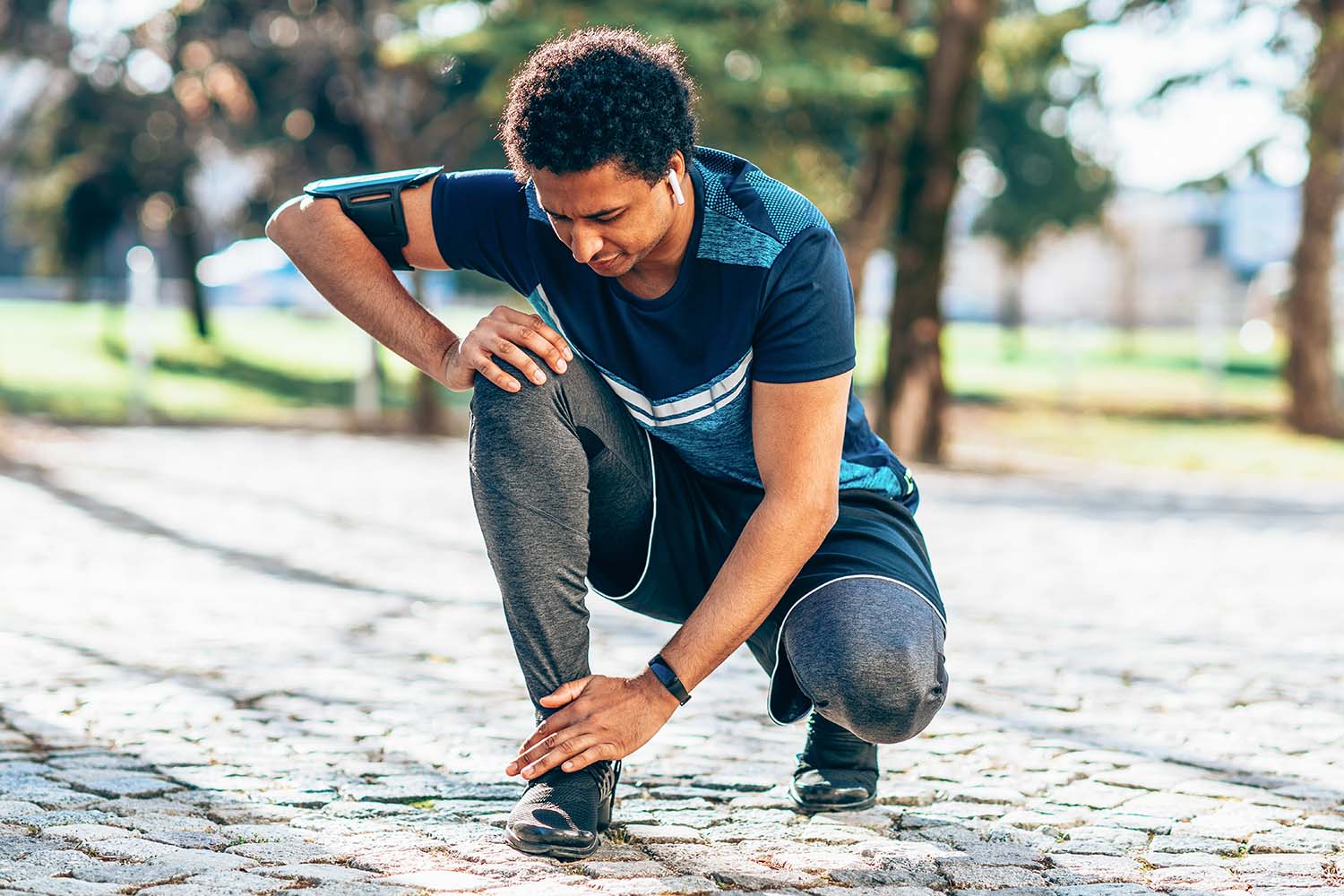
When you wear the shoes, if you don’t have enough toe room to spread your toes widely and wiggle them, they’re too tight. If your feet slide around in the shoe, they are too big.
Also, if you can’t remove your shoes without completely loosening the laces, they’re too tight. However, if your feet can slip out of the shoe when fully laced, it’s too big. If your toe grazes the front of your shoe or you feel numbness on your foot, it’s too tight.
Your running shoes should fit snugly with enough toe room to spread out your toes. If you have wider feet, look for shoes with wide feet options to get comfortable.
How do you measure your feet for the best fit?
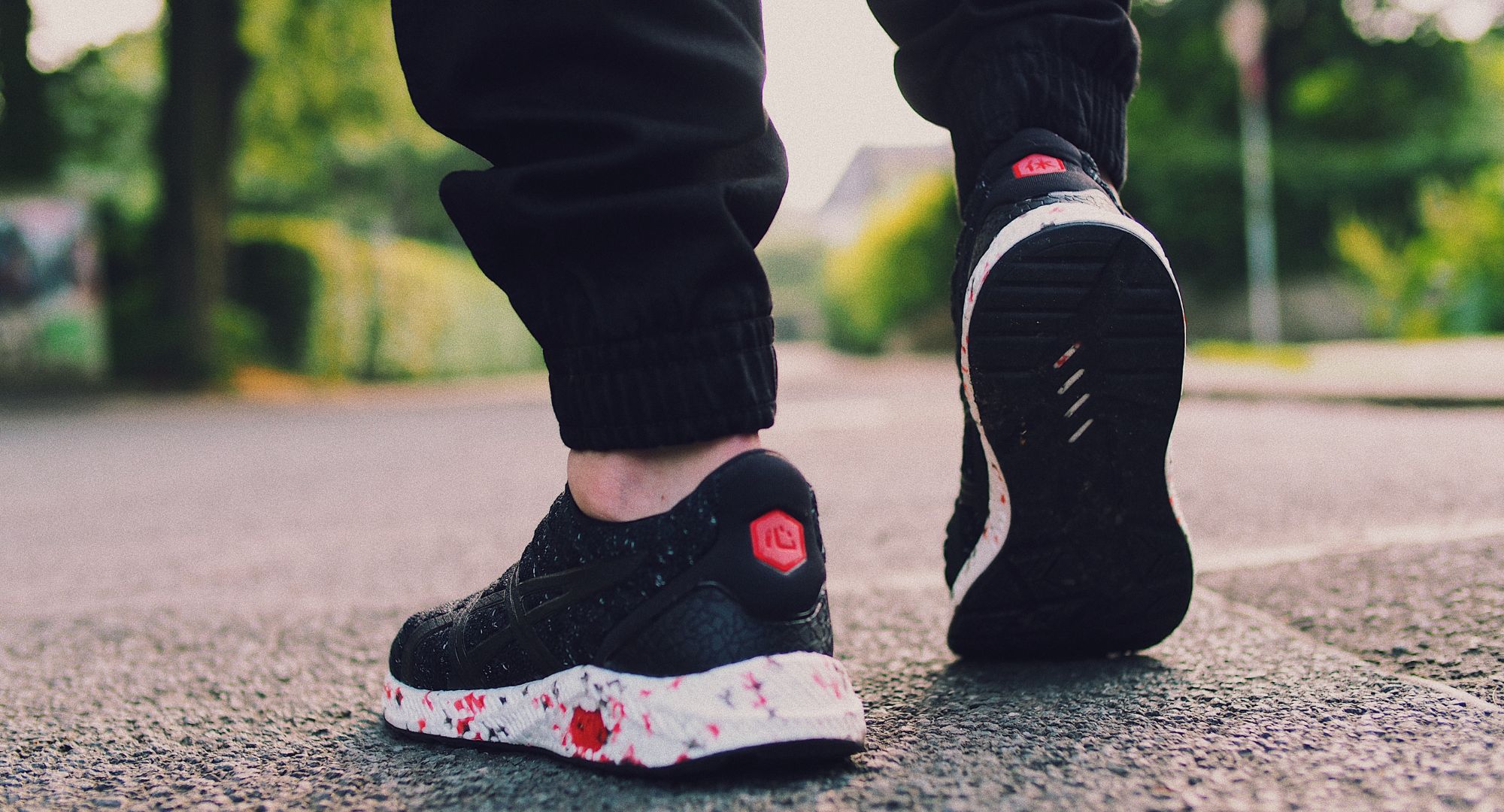
Wear socks similar to those you would wear when running, then stand up straight with your full weight on your feet. Place one foot on a piece of paper, and get someone to help you trace around the edges with a pen. Now, use a ruler to measure the outline from the longest toe to the back of your heel. Do the same for the other foot, and use the bigger foot to determine your shoe size.
Common mistakes when buying running shoes
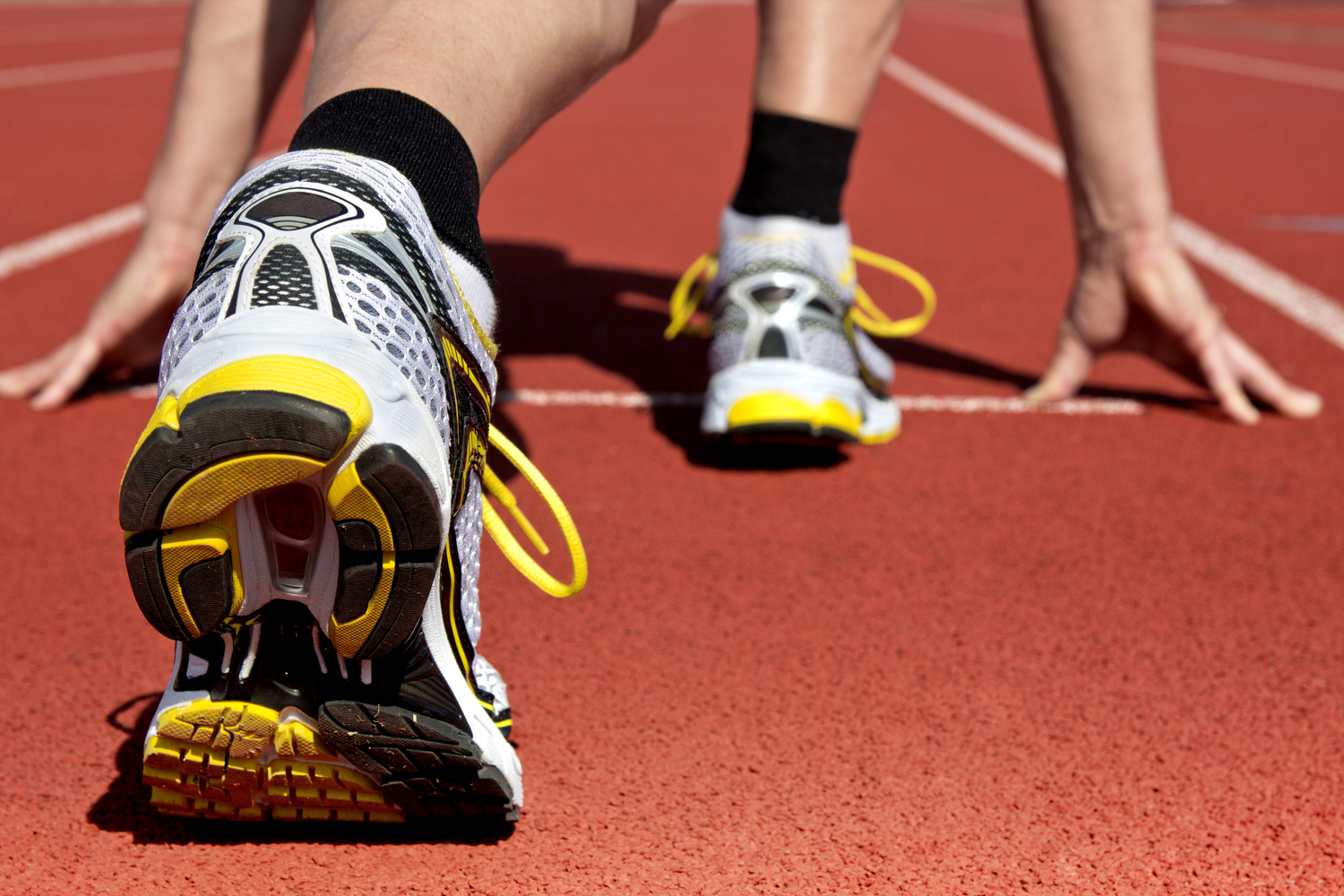
Trying on only one shoe
Studies have shown that it’s very common for one foot to be larger than the other because our bodies are not symmetrical. However, if you try on one shoe without trying the other, you may end up with a small fit because you are meant to buy a shoe based on the size of your bigger foot to ensure the comfort of both feet.
Assuming your size
If you haven’t bought running shoes for some time, don’t assume you still know your size. Get your feet resized to know your current size before buying shoes.
Ignoring surface material
Aside from determining the correct width, size, fit, and material for your running shoes, the running surface is another crucial factor. Certain shoes are made for different running surfaces, and ignoring this could lead to accidents and injuries.
Choosing shoes based on looks
It’s okay to want to be fashionable and stylish when picking running shoes. However, placing too much emphasis on looks may make you ignore important qualities and pick shoes simply because of their appearance.
Tips for trying on running shoes like a pro

Understand your foot type
Some people have slender feet, while some have wider feet. Shoe brands make shoes specific to each foot type. So, first, identify your foot type before trying on different running shoes.
Wear appropriate socks
Running socks take up some space in your shoes, so if you don’t test the shoes with socks, they might become tight later when you are ready to run. Hence, wear appropriate socks when trying on your running shoes.
Check the fit for both feet
It is best to wear both shoes and lace them completely before concluding if they are your perfect size. Because in some cases, one foot is larger than the other, so wearing one shoe can be misleading.
Walk and jog around
Test your shoes to see how they feel. Although you may not be able to tell completely, jogging will reveal if the shoes are comfortable enough for running.
Frequently asked questions
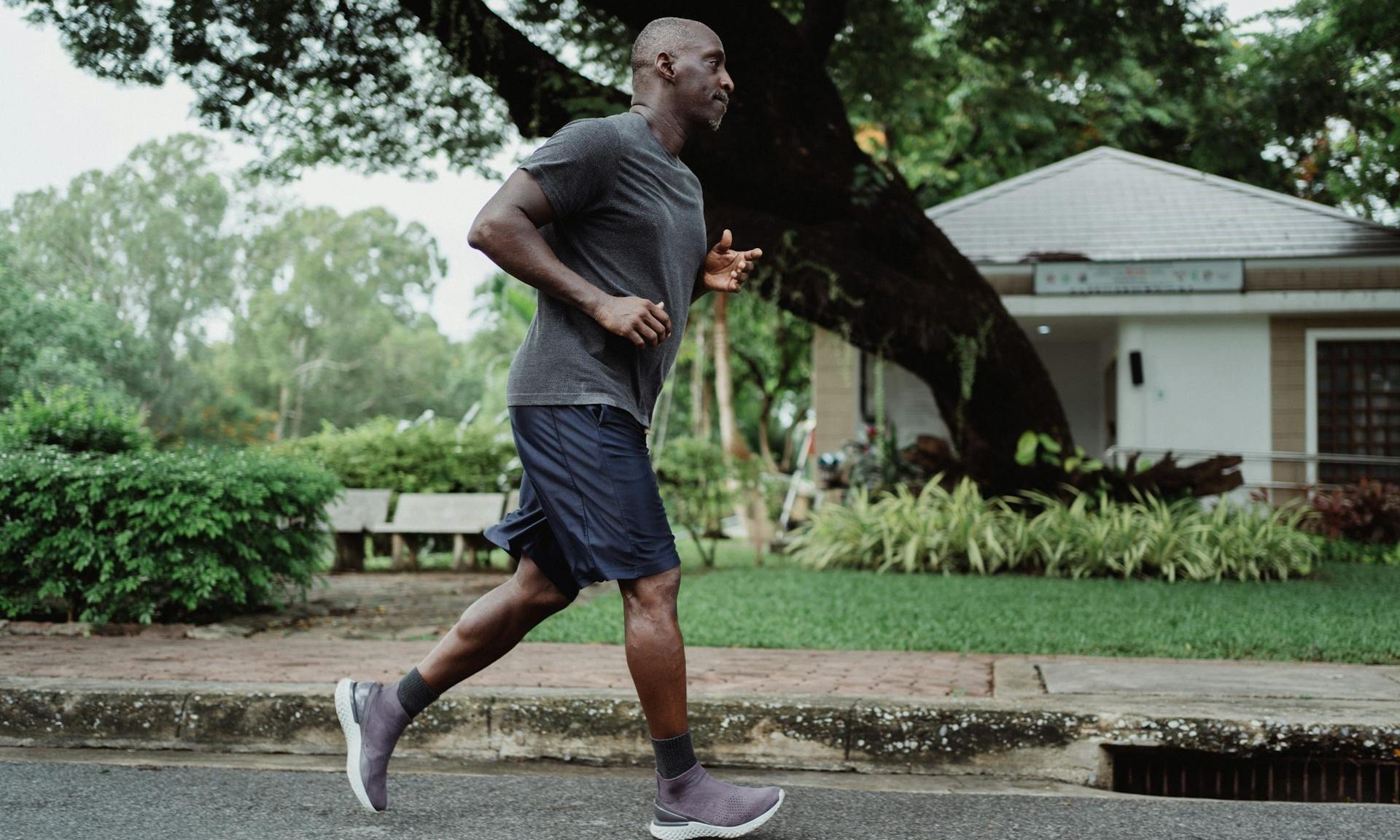
How much room should a running shoe have?
Running shoes should have about one inch of space, which would be just enough room to spread out your toes, prevent injuries, and allow your feet to swell without discomfort. Also, your feet should feel secure but not squeezed after lacing your shoes.
Should running shoes be a size bigger?
It’s better to buy running shoes that are half a size and a full size bigger than your regular shoes. Because when running, your feet tend to swell due to increased blood flow. Plus, you also need to prevent blisters and jamming on your toes, especially when running downhill.
Should a running shoe be loose or tight?
Running shoes should fit perfectly, not too tight or loose. They should be able to hold your feet in place while still providing enough toe room and breathability.




